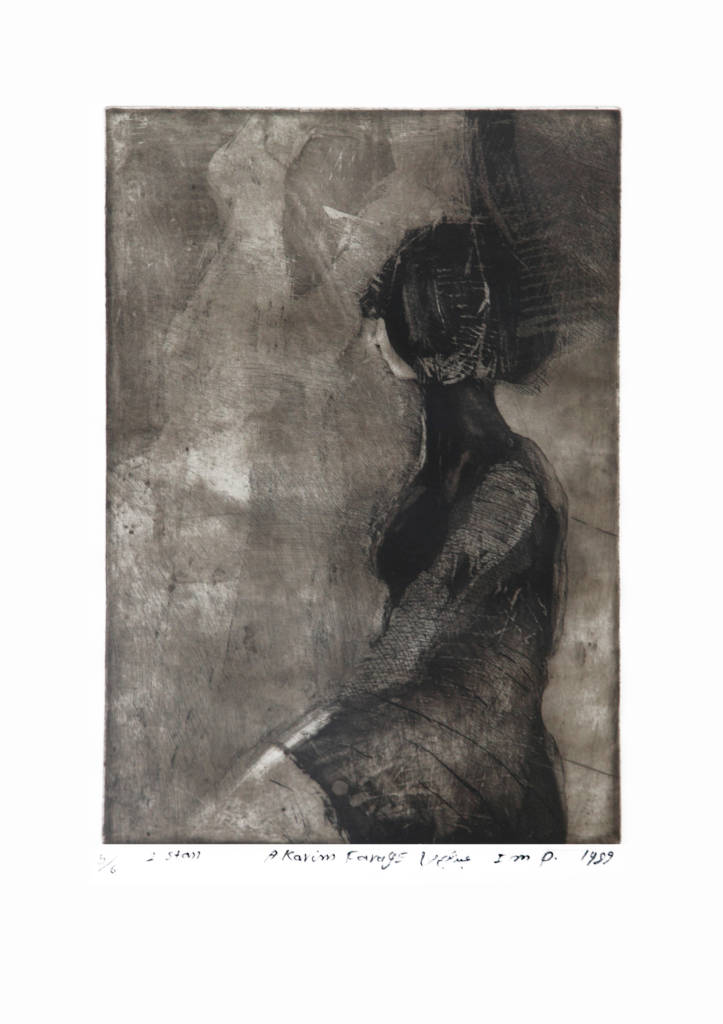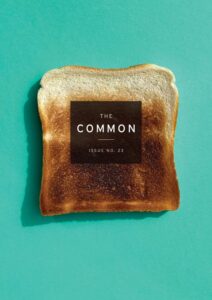Translated by NOH ANOTHAI
from By the Bank of Brokenhearted River
I’m thinking of a classic geography text that explains how humans use rivers and mountains to mark their borders. The difference is that rivers help humans come and go from each other while mountains keep them apart.
But from the textbook of my own travels, I know this isn’t true. The only real borders are those humans make themselves, in their own minds.
—Suddan Wisudthilak, Thai scholar
1.
Two years ago, I stood aghast at the sight of a little island in the Moei River, the border between Thailand’s northwestern Mae Sot district and Burma, on which refugees from the latter had made their home.
“This is it—this is what they call a no-man’s-land,” said my friend, a local provincial administrator, who’d taken me there. “It’s not only that they lack a military force. For me, it also means there’s no humanity. Just look.”











